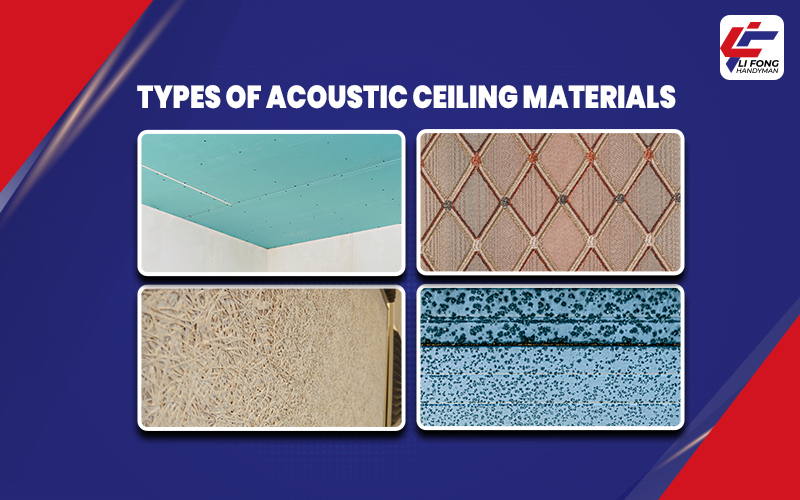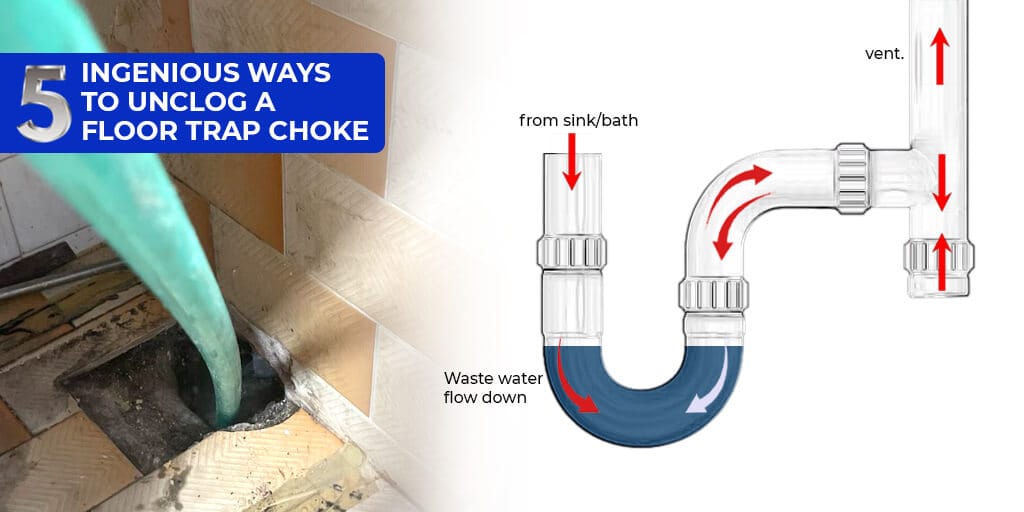Tired of hearing footsteps from the upstairs unit or traffic outside your window? If constant noise is disturbing your peace at home, then you’re not alone. Many Singaporeans struggle with these unwanted sounds, especially in HDBs, condos, and landed homes.
If you want to reduce this noise and create a quieter and more comfortable home, then acoustic false ceilings are the perfect solution for you. They are designed to absorb sound from both inside and outside. In this article, we’ll explore how acoustic panels work, their materials, installation tips, and why they’re the perfect fit for you.
What Are Acoustic False Ceilings?
Acoustic ceilings are specially designed to reduce noise. They use sound-absorbing materials to block echoes and unwanted sounds from inside and outside your home.
These ceilings absorb sound waves, prevent them from bouncing around, and create a buffer against noise. That means fewer distractions and a more peaceful home.
Common Noise Problems in Singapore Homes
Living in Singapore often means dealing with unwanted noise. Whether it’s noisy neighbors in your HDB flat, the echoes in high-ceilinged condos, or the street and construction noise, it’s almost impossible to escape these sounds.
It can be even more frustrating if you are trying to relax, work, or have a baby in the house.
Types of Acoustic Ceiling Materials

When you are choosing soundproofing ceiling materials, there are several options out there. Here are some of the most popular ones:
- Acoustic Mineral Fiber Tiles: Acoustic mineral fiber tiles are commonly used in drop ceilings. These tiles have excellent sound absorption and are cost-effective. They are very popular for both commercial and residential spaces.
- Wood Wool Panels: Wood wool panels are made from wood fibers and cement. They provide good sound absorption while being visually appealing. They are great for condos or feature ceilings.
- Fabric-Wrapped Panels: These are designed for targeted noise absorption. The fabric cover traps sound waves. They are great for studios, offices, or any other areas where quiet is needed.
- Gypsum with Acoustic Backing: Gypsum with acoustic backing serves a dual function. It looks like a regular ceiling but is highly durable, aesthetic, and has great sound insulation.
Each material also has its own pros and cons.
Acoustic mineral tiles are easy to install, but they are less durable in high-traffic areas. Wood wool panels are sustainable and stylish, but expensive. Fabric-wrapped panels have excellent noise absorption; however, they are difficult to clean. Gypsum with acoustic backing is durable but expensive.
Design & Installation Tips
When installing acoustic ceiling boards, you can use these simple yet effective tips:
- The best ceiling height for sound control is typically around 8-12 feet or 2.4–3 meters. With this ratio, you can balance noise control with great visuals.
- If you want to cover the whole space, install panels across the entire ceiling. But if you do it right, even a partial layout can make a big difference.
- If you are looking for a complete soundproofing effect, you can use ceiling panels with matching wall panels. It reduces echo from all directions and improves overall sound quality.
- You can also integrate your lighting and AC into the design. This way, you can maintain a clean look and avoid compromising sound control.
Every room is different, but the right setup makes all the difference. Take your time and plan it well.
Benefits of Installing Acoustic False Ceilings
These ceilings aren’t just about noise. It’s about creating a better space for living, working, relaxing, and everything in between.
- They significantly reduce echo and noise transmission. They keep echoes down and block outside noise, making your home feel quieter and more peaceful every day.
- Whether it’s private conversations or peaceful naps, better acoustics make your space feel more personal, calm, and comfortable, even in shared rooms.
- Installing them can even boost your home’s resale value, making it a smart investment.
- Whether you’re working, learning, or watching a movie, these ceilings help you focus and enjoy the moment without distractions.
Maintenance & Durability
Keeping your acoustic boards clean and durable is simple. Here’s what you can do
- The cleaning methods for different materials are usually different. PVC and metal panels, you can wipe them with a damp cloth, gently vacuum fabric ones, and use a soft brush for mineral or wood wool panels.
- Choose materials with built-in resistance. Like mineral fiber and gypsum panels often come with fire resistance properties, while PVC is moisture resistant.
- With proper care, most acoustic ceilings last 10–15 years or more. You can replace if they show wear, sagging, or damage
Cost Factors in Singapore
Pricing for acoustic ceilings can vary:
- Basic acoustic panels cost around $4–$8 per square foot, but premium materials and professional installation raise the cost to $12–$20 per square foot.
- Compared to traditional false ceilings, acoustic ceilings may cost a bit more upfront, but they add long-term value.
- It requires minimal maintenance and offers long-lasting benefits. It’s the perfect ceiling for sound-sensitive households.
Conclusion: Is It Worth It?
If you’re looking for a way to enjoy some peace and quiet in a noisy city, acoustic false ceilings are a must-have. Whether you’re after comfort, privacy, or less noise, this is a solution that pays off.
Ready to get started? Consult Lifong for professional installation, a personalized solution tailored to your needs, or a free quote on ceiling solutions.
FAQ
- What is an acoustic style ceiling?
An acoustic ceiling is made with special materials that absorb or block sounds. - How to soundproof a false ceiling?
To soundproof a false ceiling, use sound-absorbing panels, insulation, and seal any gaps you have. - What is the best ceiling for acoustics?
Mineral fiber or gypsum with acoustic backing works best for most homes. - What is the difference between NRC and CAC?
NRC (Noise Reduction Coefficient) absorbs sound within a room, while CAC (Ceiling Attenuation Class) blocks sound between rooms. - What materials are used in acoustic ceiling?
Materials such as acoustic mineral fiber, wood wool, fabric-wrapped panels, and gypsum boards are used for acoustic ceilings.

